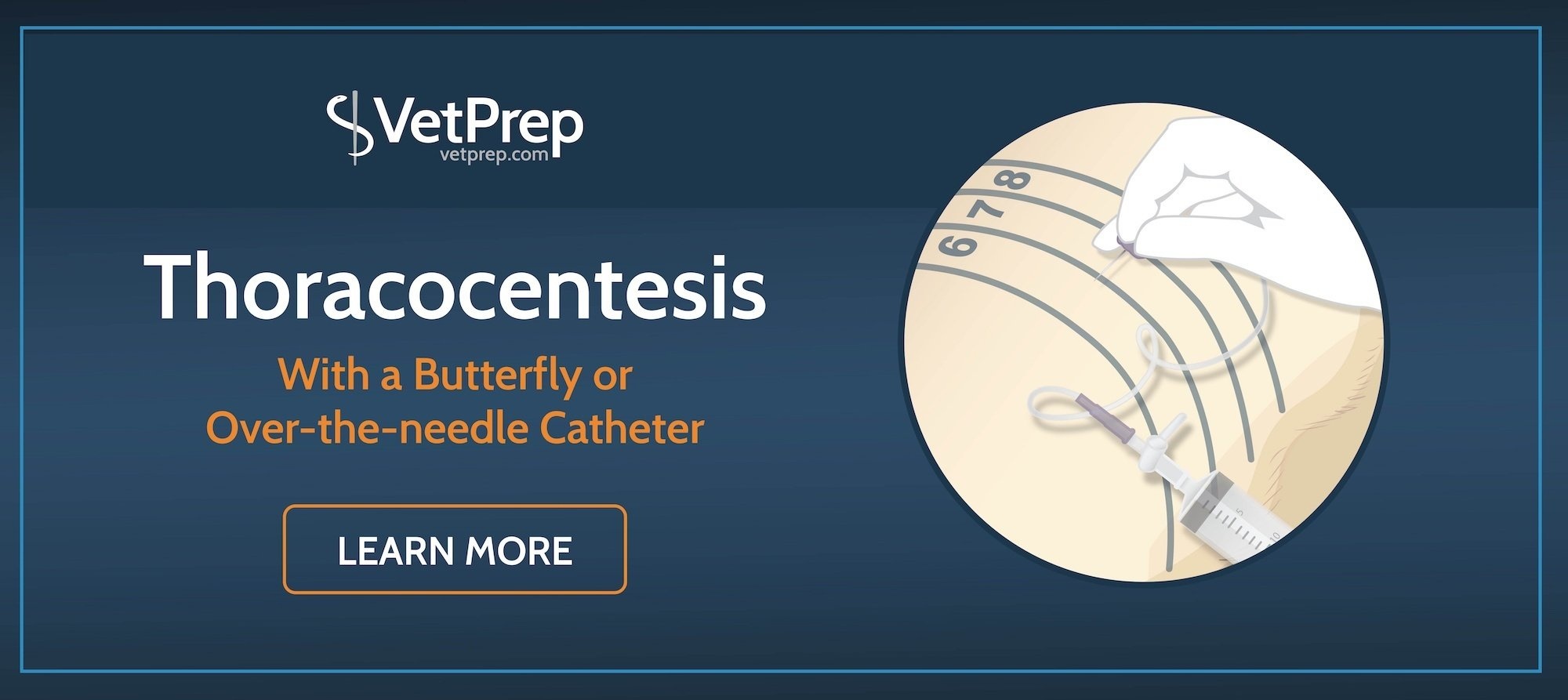
The butterfly catheter is one of my favorite phlebotomy supplies. In my opinion, it is often an overlooked and underutilized tool in your veterinary toolbox that can be very helpful in certain situations.
Take, for example, the case of a fractious cat that needs venipuncture. Perhaps your staff has already tried to draw blood via the jugular vein or has not yet attempted. Sometimes this is a good time to consider if the patient would be more comfortable and less stressed by having blood drawn from a back leg.
And while a needle and 3cc syringe may do the trick, sometimes having the length and flexibility of the tubing of the butterfly catheter collection system may be just what you need to successfully collect your sample.
|
The use of a butterfly catheter is fairly straightforward but may require some preparation, practice and sometimes, the help of another person other than the person restraining the pet and the phlebotomist.
Remember- team work makes the dream work! |
Use of a butterfly catheter can be very helpful if done correctly. But remember- regardless of the type of phlebotomy tools used, it’s always important to be careful when performing venipuncture to keep you, your coworkers and your patient safe!
|
References:




 Thoracocentesis
Thoracocentesis